|
Kummersdorf Gut Proving Grounds |
|
|
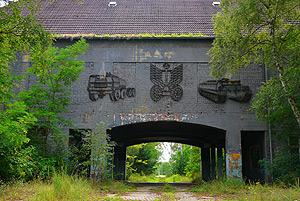 |
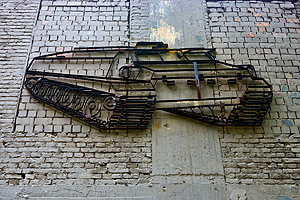 |
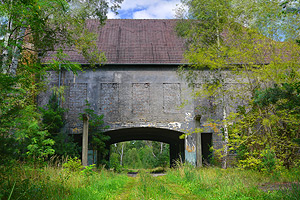 |
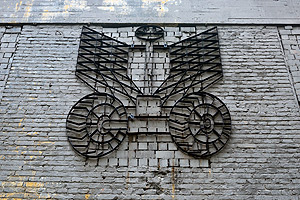 |
|
|
|
|
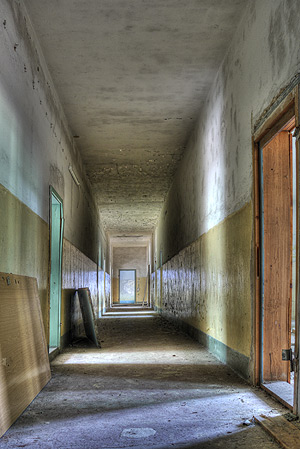 |
|
|
|
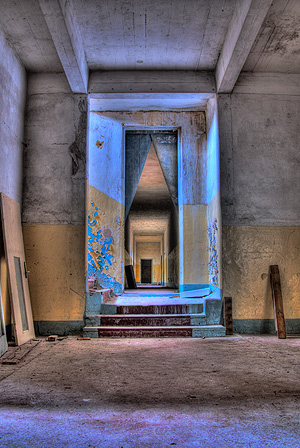 |
|
|
|
|
|
|
|
|
|
|
|
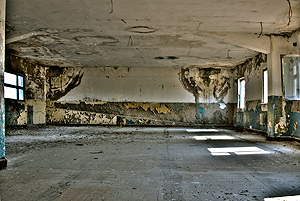 |
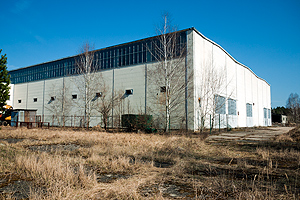 |
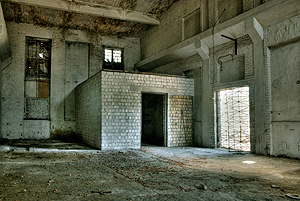 |
||
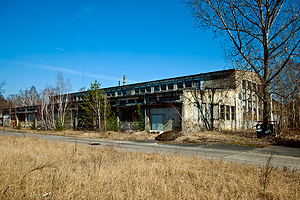 |
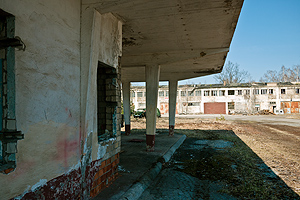 |
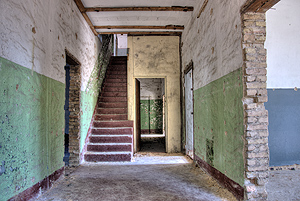 |
|
|
|
|
|
|
|
|
|
|
|
|
|
|
|
|
|
|
|
|
|
|
|
|
|
|
|
|
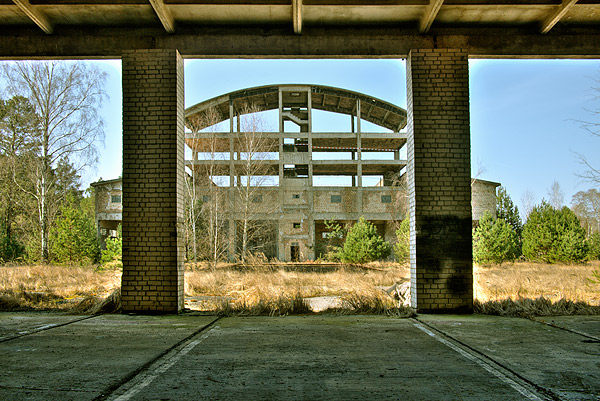 |
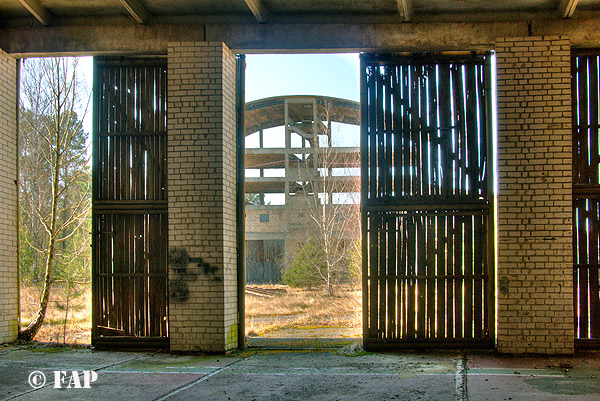 |
|
|
|
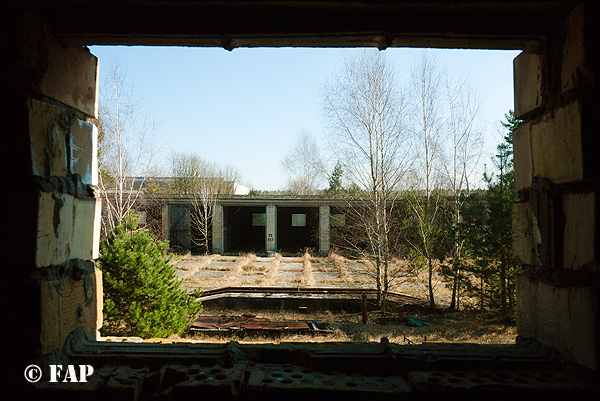 |
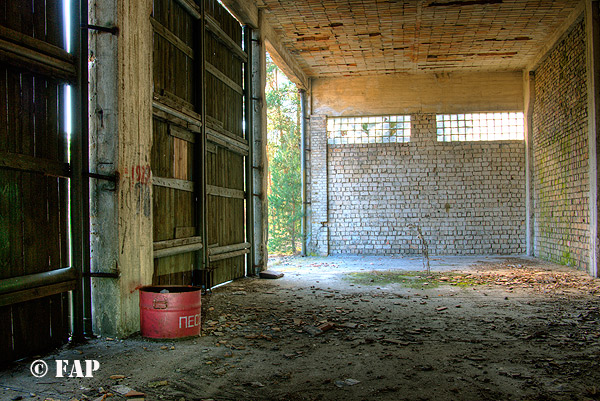 |
|
|
|
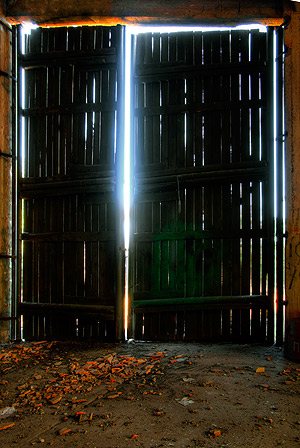 |
|
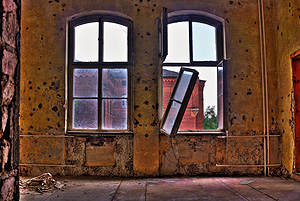 |
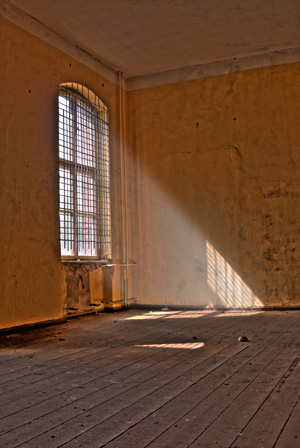 |
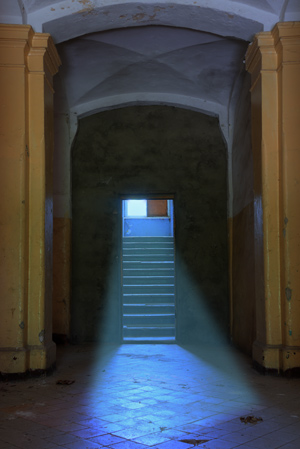 |
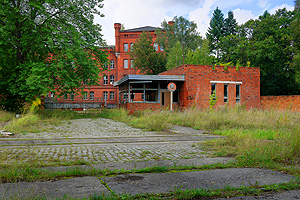 |
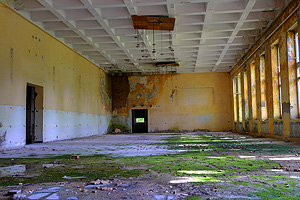 |
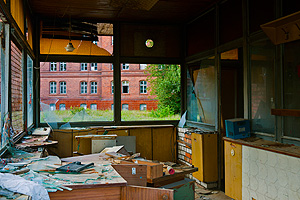 |
||
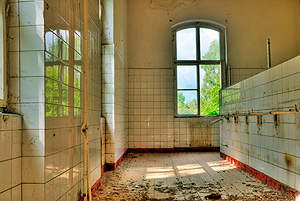 |
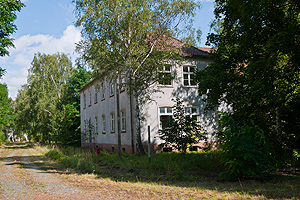 |
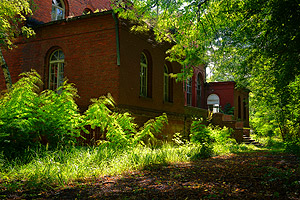 |
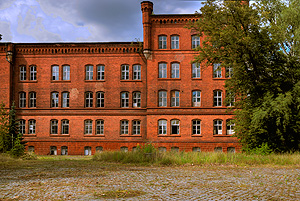 |
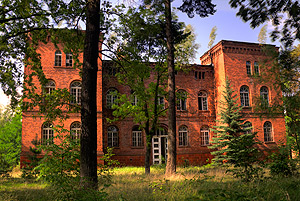 |
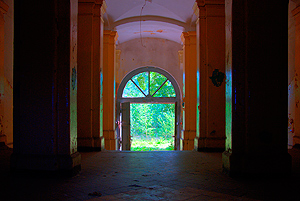 |
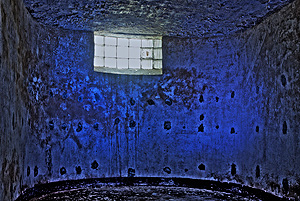 |
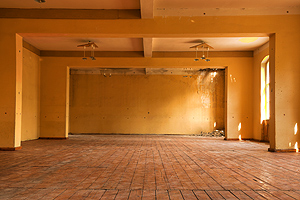 |
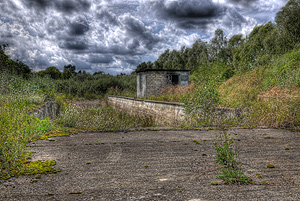 |
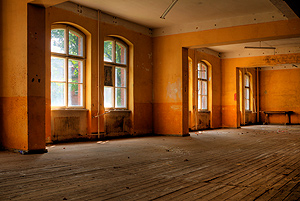 |
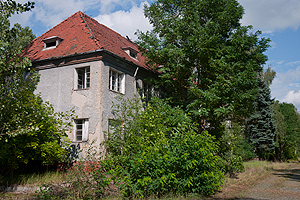 |
|
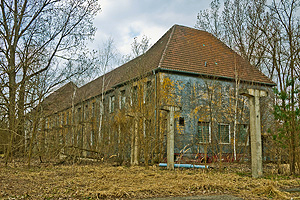 |
|
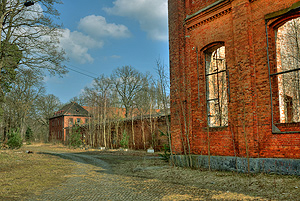 |
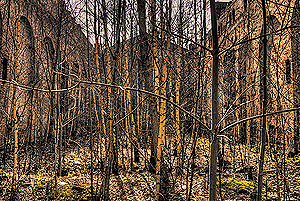 |
|
|
|
|
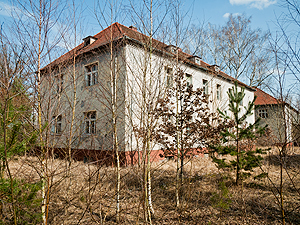 |
|
|
|
|
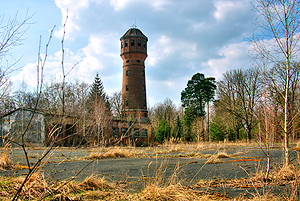 |
|
|
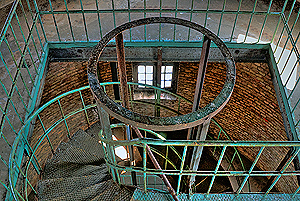 |
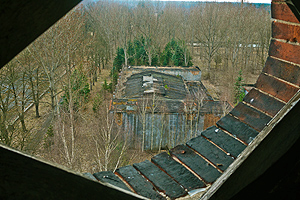 |
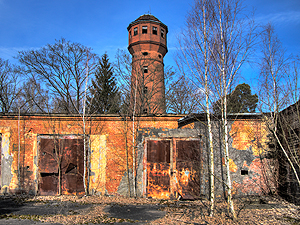 |
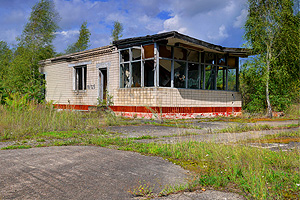 |
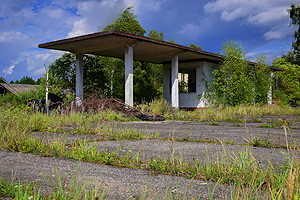 |
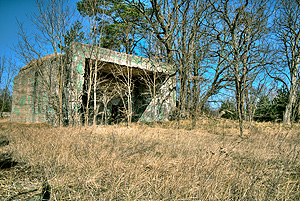 |
|
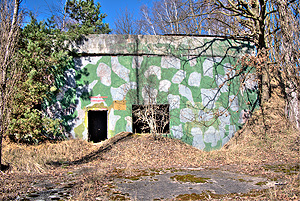 |
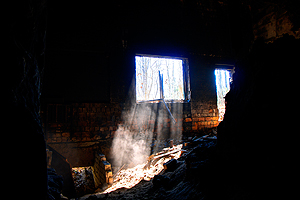 |
|
|
|
|
|
|
|
|
|
|
|
|
|
|
|
|
|
|
|
|
|
|
|
|
|
|
|
|
|
|
|
|
|
|
|
|
|
|
|
|
|
|
|
|
|
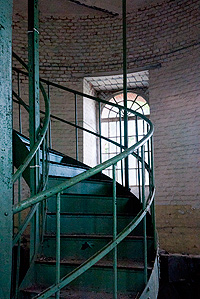 |
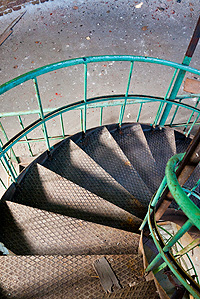 |
|
|
|
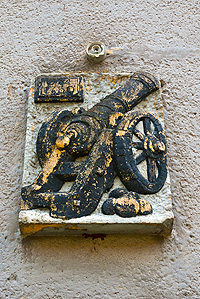 |
|
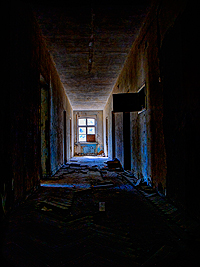 |
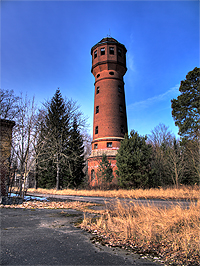 |
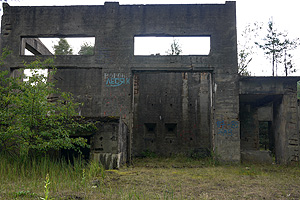 |
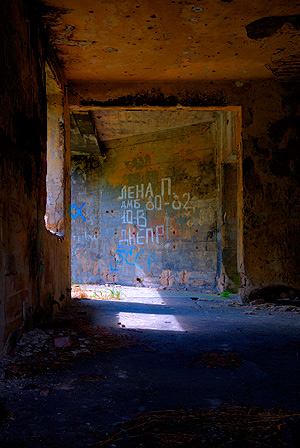 |
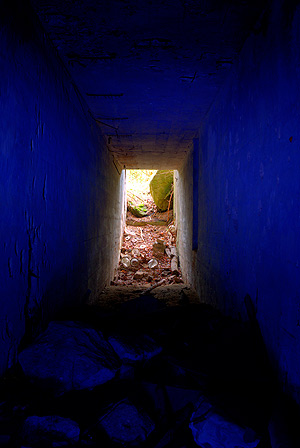 |
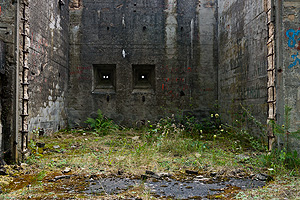 |
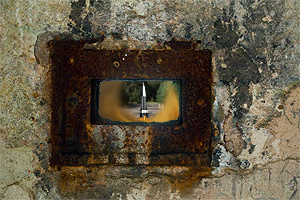 |
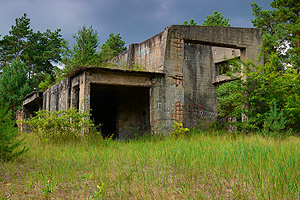 |
||
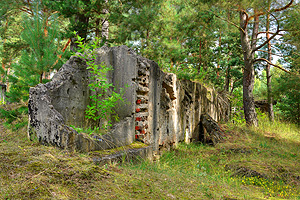 |
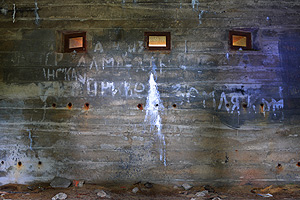 |
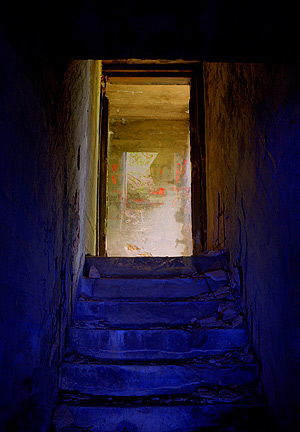 |
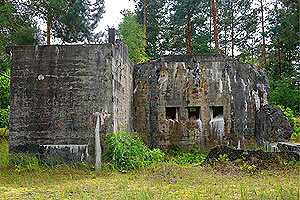 |
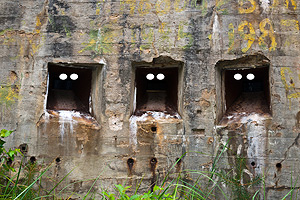 |
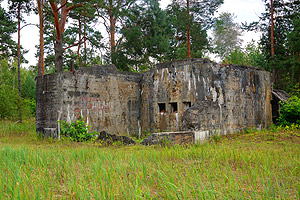 |
|
|
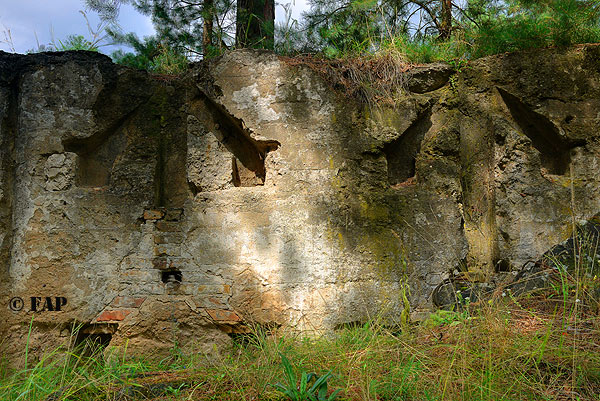 |
|
Ruins of "Prufstand Ost," the original rocket-testing facility in Kummersdorf. |
|
|
Kummersdorf is the name of an estate near Luckenwalde around 25km south
of Berlin, in the Brandenburg region of Germany. Until 1945 Kummersdorf hosted the weapon office of the German Army which ran a development
centre for future weapons as well as an artillery range. |
|
|
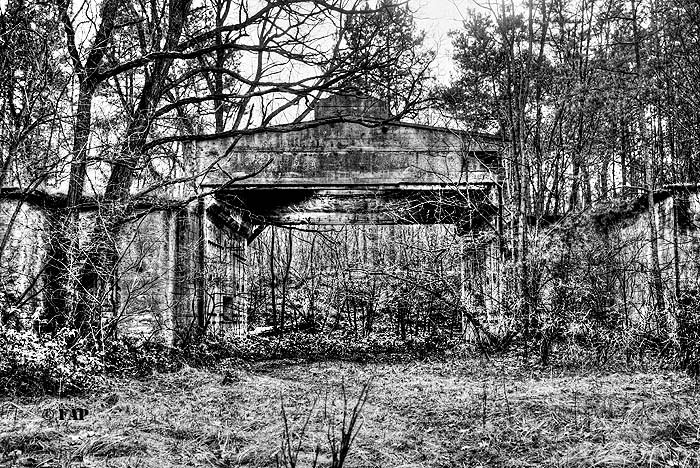 |
|
|
|
|
|
|
|
|
Unit nuclear physics |
Unit nuclear physics |
|
|
|
|
|
|
|
Unit nuclear physics |
Unit nuclear physics |
|
|
|
|
|
|
|
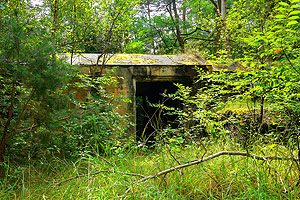 |
|
|
|
|
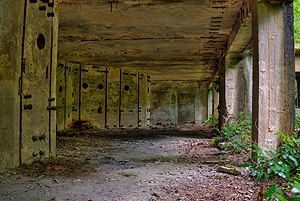 |
|
|
|
|
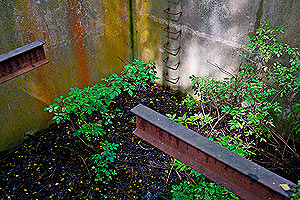 |
|
|
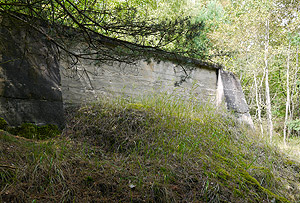 |
||
|
|
|
|
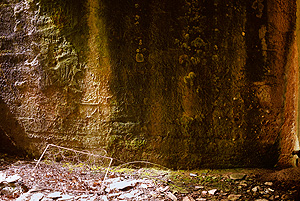 |
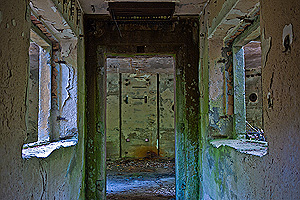 |
|||
|
Heeresversuchsstelle Kummersdorf-Gut: Versuchsstelle Gottow
Experimental Station Gottow the Research Department of the Army Weapons Office (HWA). This division is divided into five sections, which are in turn subdivided into units, were, as the Unit I nuclear physics, physics and unit Ib explosive shaped charges, etc. experiment was mainly due to new weapons developments such as rocket motors, grenade launchers, rifles remain in the field of electronics, sound and acoustics, and various chemicals. |
|
|
|
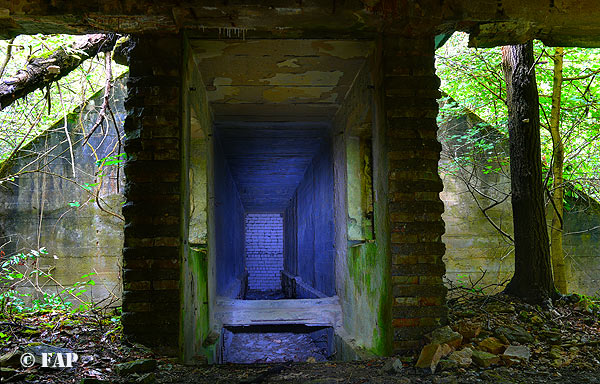 |
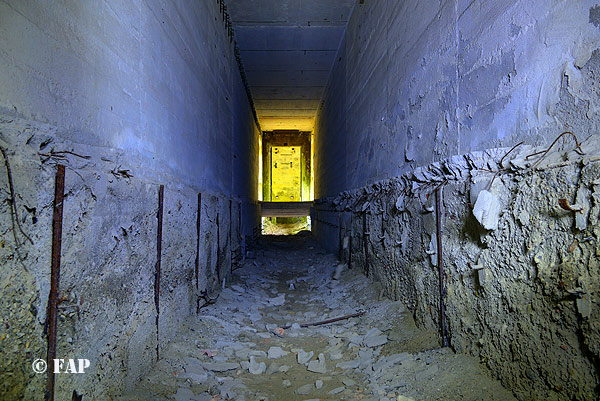 |
|
|
|
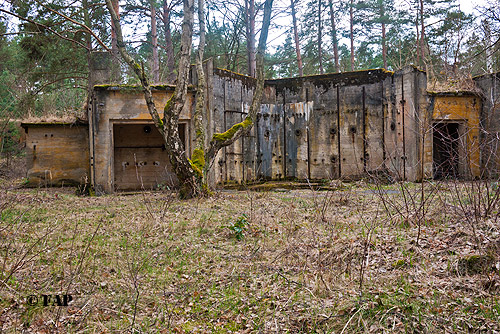 |
|
|
|
|
|
|
|
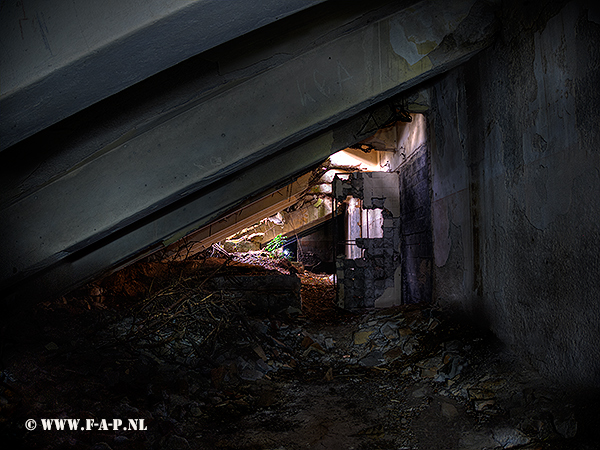 |
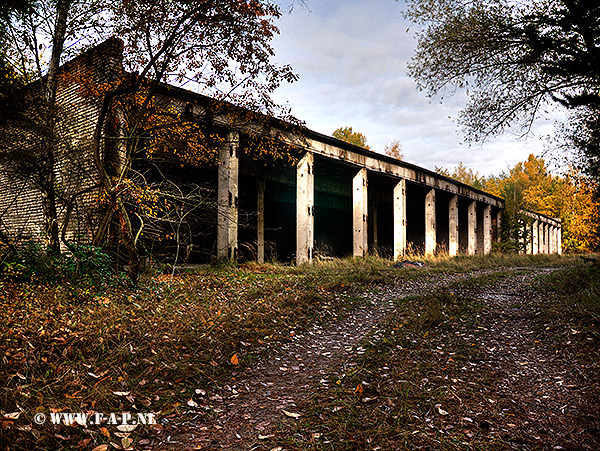 |
|
|
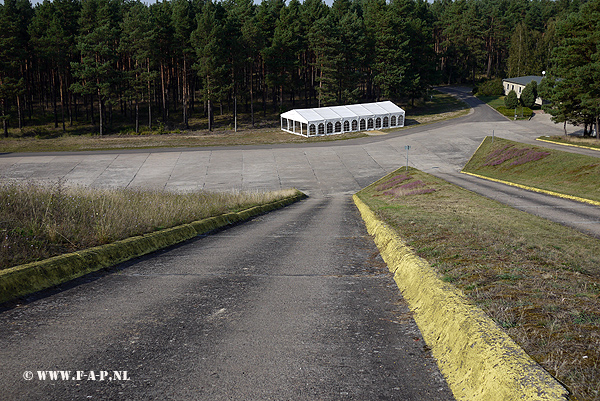 |
|
|
|
|
|
|
|
Это
сообщение
предназначено
для русских
посетителей.
Ваши войска так давно покинули ГДР, что нам очень трудно собрать точную информацию (типы бункеров, материал, снаряды и т.д.) для составления конкретных описаний ваших установок. Для корректности истории нам бы хотелось чтобы Вы нам предоставили различную информацию. Пожалуйста оставьте Ваше сообщение в нашей Заранее благодарны за ваше сотрудничество. |